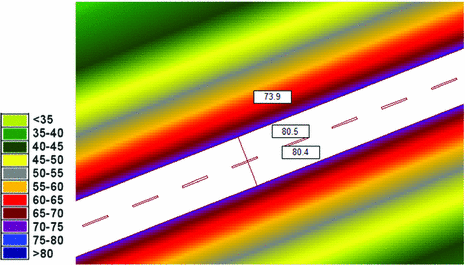

TinySPH module is a 2D smoothed hydrodynamic particle calculation module designed to work in real time on the Oak Ridge Laboratory TinyTitan cluster. Extract the TinySPH and PiBrot examples available on the TinyTitan GitHub repository available there: Your Tiny Titan is now operational and ready to work. On the Pi that which was assigned a connection node number 1, run the following script: Once the first stage achieved, connect all nodes in the network router or switch. When you are prompted to enter the number of nodes start at 1 and increment the value up to match the number of physical nodes present. Download the initial configuration script and run it in a terminal as such: To start the each Pi that will be part of the cluster TinyTitan needs an active Internet connection.
CADNAA GITHUB UPDATE
The first step is to update each Raspberry Pi and configure the network settings.

Start your journey to stardom supercomputer by going to /TinyTitan.
CADNAA GITHUB HOW TO
For example, a lesson shows how to add two numbers together lists, dividing the problem into individual nuclei components working simultaneously. Working together, the parallel cores can solve complex problems, and the tutorials are intended to explain the process. According to Adam Simpson, “there is no proper platform to achieve personal supercomputing projects.” So he and two of his colleagues decided to create a set of tutorials.
CADNAA GITHUB CODE
The hardest part, explains this Titan support specialist, is to write the code for it. Unlike desktop and laptop computers that hide the parallelism to their users, TinyTitan makes the concept of parallel computing explicit.Īccording to its creator Adam Simpson, creating a small-scale supercomputer is relatively simple, just wire the Pi’s for them to work in parallel. Tinytitan is a $1,000 supercomputer designed to teach the basics of future scientific parallel computing.

But this laboratory also houses lesser-known Tiny Titan, a cluster made of nine Raspberry Pi processing units, or “cores”. The Oak Ridge facility is known to house the Titan supercomputer, capable of more than 20 quadrillion calculations per second. But what happens when one combines several Pi’s to run them in parallel? The result is a massively parallel cluster! Here is how you can reproduce the Tiny Titan project. We already knew the versatility and solid reputation of the Raspberry Pi platform.


 0 kommentar(er)
0 kommentar(er)
